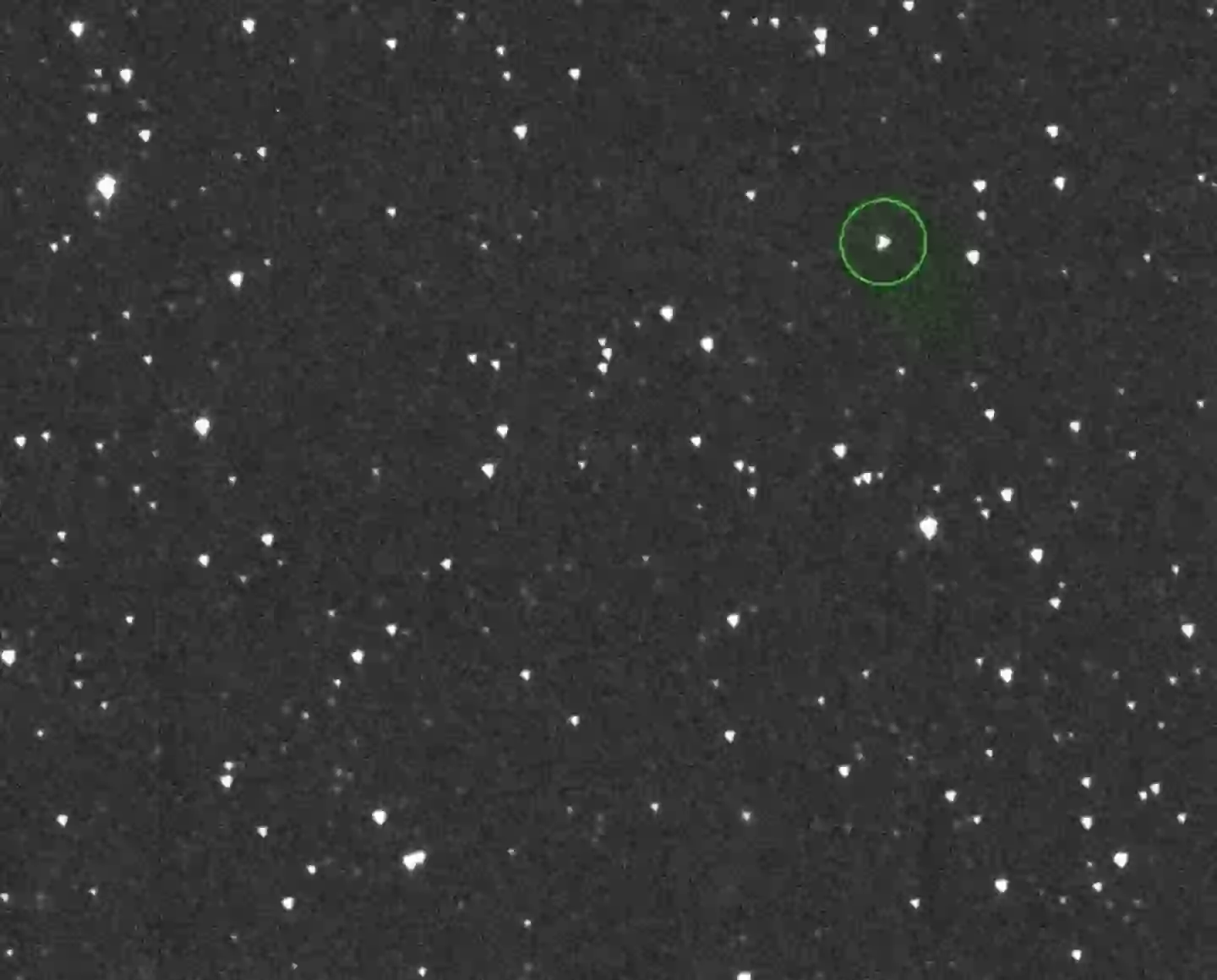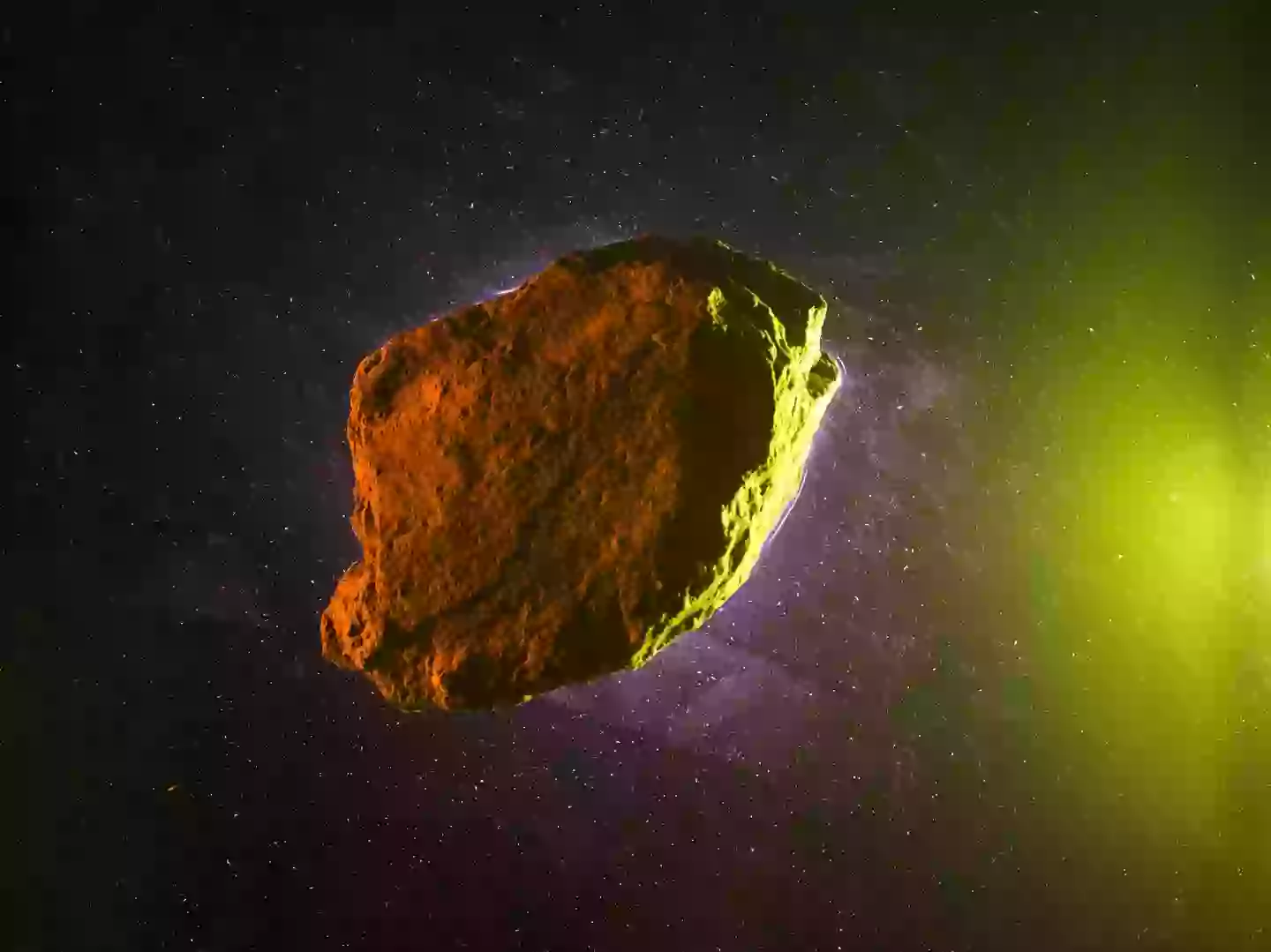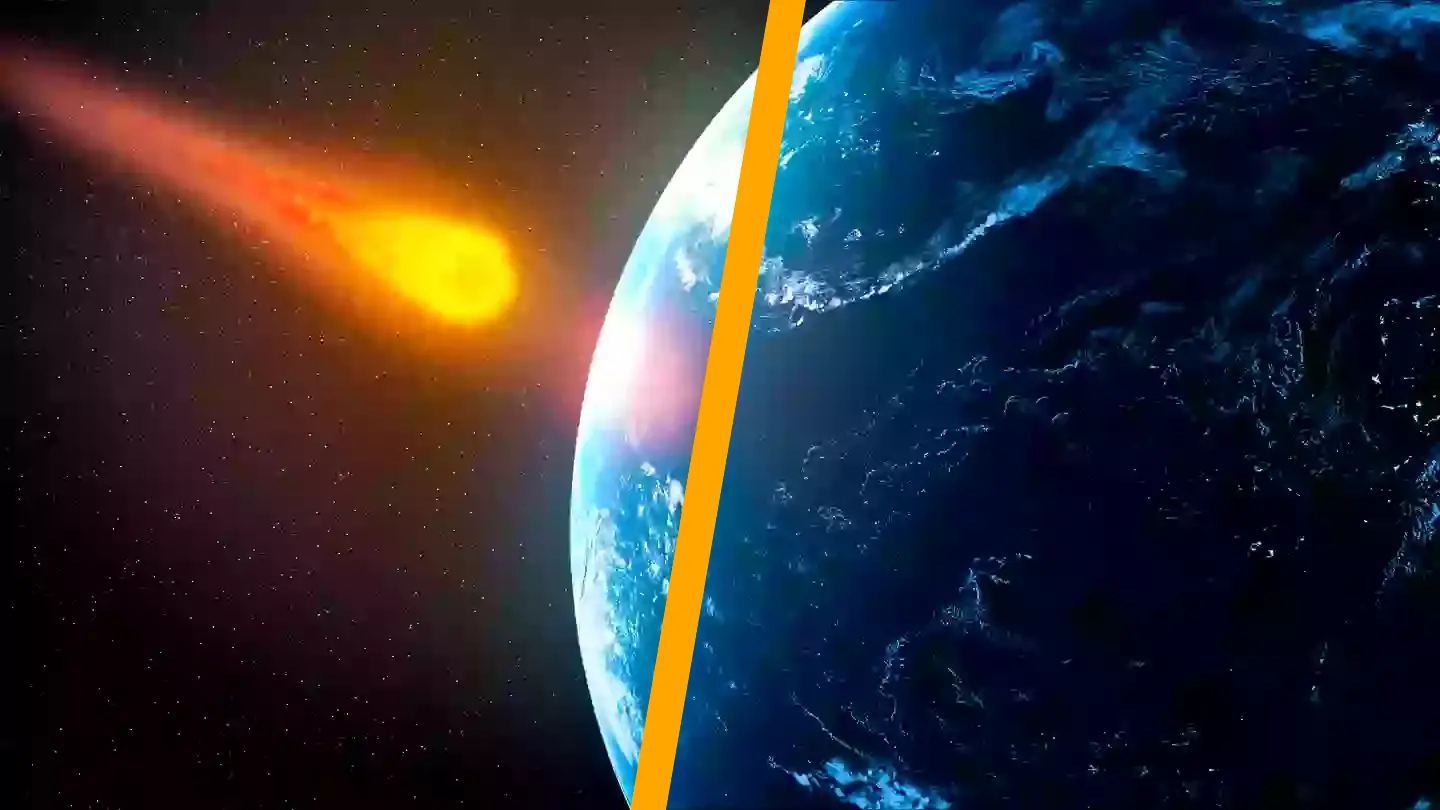The probability of a city-destroying asteroid impacting Earth is rising swiftly.
This colossal asteroid could potentially hit Earth in the next seven years, and if it does, the consequences for our planet would be catastrophic.
The space object, often referred to as the ‘city-destroyer’, is officially named 2024 YR4.
Initially, the asteroid’s likelihood of hitting Earth was 1.2 percent in 2032. Alarmingly, this has more than doubled in a recent assessment.
NASA estimates its size to range between 130 to 300 feet (40 – 90 meters) in width, comparable to the size of a soccer field.
NASA recently adjusted the odds of it striking Earth to 2.6 percent, and this probability has since increased further.

As of February 19, the likelihood of YR4 colliding with our planet stands at 3.1 percent.
In regards to NASA’s Torino Scale, YR4 is currently rated a 3. This puts it in the category of ‘meriting attention by astronomers’.
On this scale, a rating between 5 to 7 signifies an asteroid is ‘threatening’, while a rating of 8 to 10 indicates a ‘certain collision’.
The NASA website describes category 3 items as: “A close encounter, meriting attention by astronomers. Current calculations give a 1% or greater chance of collision capable of localized destruction.
“Most likely, new telescopic observations will lead to re-assignment to Level 0. Attention by public and by public officials is merited if the encounter is less than a decade away.”
It’s important to note that YR4 was previously classified at 0 on the Scale but has moved to category 3 as of February 18.
With its increased probability, YR4 now poses the greatest threat Earth has ever faced in NASA’s history, surpassing the previous record-holder, the ‘God of Chaos’ asteroid.
The ‘God of Chaos’ asteroid was once feared to potentially collide with Earth in 2029, with a 2.7 percent chance of impact, but NASA has since ruled out this risk.

While YR4’s update might seem alarming, it’s reassuring that there’s still a 96.9 percent chance the ‘city-destroyer’ will not strike Earth.
Since there is no immediate danger to our lives, some scientists view YR4 as ‘exciting’.
“I find 2024 YT4 to be extremely exciting,” said Bryce Bolin, an astronomer at NASA Goddard Space Flight Center.
“Not only because of its notoriety but for the scientific potential of studying such a small asteroid in high detail.”
“Only a few asteroids have been studied like this,” he added.

